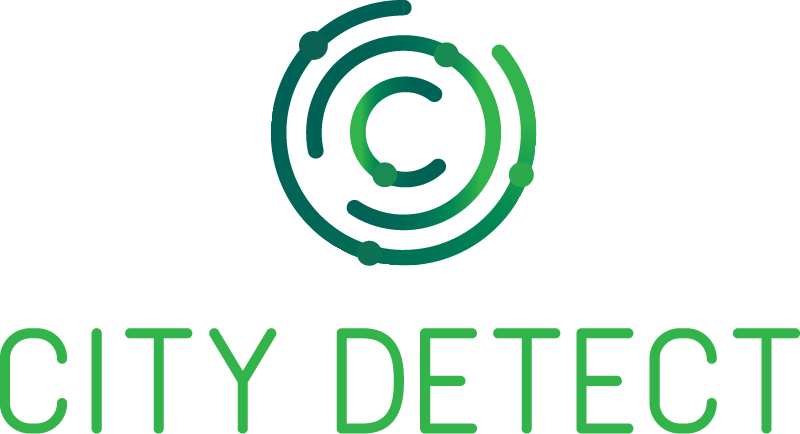Code enforcement may not always seem financially attractive, but its role in shaping communities and driving economic growth cannot be understated. In this blog post, we will explore the tangible economic impact of code enforcement and how it contributes to building stronger communities and thriving economies, focusing on dollar amounts.
Property Value and Investment
Strategic code enforcement positively impacts property values, leading to higher market prices for well-maintained properties. As a result, property tax revenues increase for local governments. For instance, a community with robust code enforcement measures can see a 5% rise in property values,1 translating to thousands of dollars in increased tax revenue annually.
Economic Development and Business Attraction
Code enforcement plays a crucial role in attracting new businesses. Commercial properties built to code standards instill confidence in investors, leading to increased investments and job opportunities. On average, attracting a new business can generate hundreds of thousands to millions of dollars in economic output and create multiple job opportunities.
Beyond the Economic Impact of Code Enforcement
While the economic impact of code enforcement is large and measurable, there are several community, cultural, and environmental benefits of code enforcement. Below we explore the additional non-economic benefits of code enforcement and translate these into dollars saved by communities.
Public Safety and Reduced Liability
Code adherence promotes public safety, leading to fewer accidents, injuries, and weather-related damage related to flooding, hurricanes, wildfires, winter storms, and more. The financial impact of safer communities is significant. In 2020, FEMA performed a study on “Losses Avoided as a Result of Adopting Hazard-Resistant Building Codes.” The results were shocking. The monetary savings due to hazard-resistant code enforcement included $60 million in savings from earthquakes, $484 million in savings from floods, and $1.1 billion in savings from hurricane winds. Further, the study found that, “Since 1980, the United States has sustained over $1.6 trillion in losses due to natural disasters (NOAA, 2019).” And the trend is not in our favor. However, FEMA projects that with hazard-resistant codes and mitigation measures, $132 billion of losses can be avoided by 2040.2
In simpler terms, for every $1 invested in hazard mitigation code enforcement, the community saves $11.3
Preservation of Historic and Cultural Assets
In 2022, the US tourism industry generated $1.2 trillion dollars in revenue. The Historic Sites in the US generated $1.5 billion in revenue in 2023.4 This does not include the overflow revenue for local businesses such as restaurants and retail establishments. Want a slice of this pie? Code enforcement ensures the preservation of historic and cultural assets, which can significantly contribute to a community’s economy through heritage tourism.
City Detect can assist in inventorying and identifying tourist sites in need of code enforcement. Contact us today to learn more about our AI-driven Blight Reports.
Sustainability and Environmental Benefits
Code enforcement promoting eco-friendly practices benefits the environment and the community’s finances. Energy-efficient buildings and sustainable practices reduce utility costs for property owners and businesses. For instance, a community-wide commitment to energy efficiency can lead to thousands of dollars in annual savings on utility bills for residents and businesses alike. Remediating brownfields, trash in waterways, and illegal dumping sites are some of the many activities the Environmental Protection Agency funds.
Read more about funding opportunities, including EPA grants, in our recent blog post, Revitalizing Communities: Code Enforcement Grants.
Conclusion
In the end, the economic impact of code enforcement proves to be a strategic investment in a community’s economic future. The economic value is quantifiable through increased property values, higher tax revenues, job creation, and revenue generated from tourism and sustainable practices. By recognizing the tangible financial benefits of code enforcement, communities can prioritize its implementation, fostering stronger, more prosperous local economies and ensuring the well-being of their residents for years to come.
- Listokin, D., & Hattis, D. B. (2005). Building Codes and Housing. Cityscape, 8(1), 21–67. http://www.jstor.org/stable/20868571 ↩︎
- https://www.fema.gov/sites/default/files/2020-11/fema_building-codes-save_study.pdf page 9 ↩︎
- https://www.fema.gov/sites/default/files/documents/fema_guides-expanding-mitigation-codes-standards_08052021.pdf ↩︎
- https://www.ibisworld.com/united-states/market-research-reports/historic-sites-industry/
↩︎
